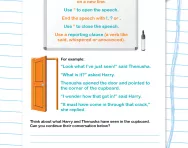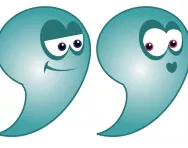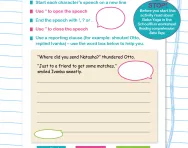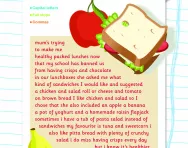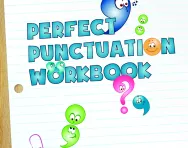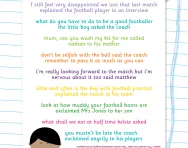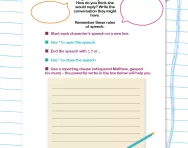TheSchoolRun.com closure date
As we informed you a few months ago, TheSchoolRun has had to make the difficult decision to close due to financial pressures and the company has now ceased trading. We had hoped to keep our content available through a partnership with another educational provider, but this provider has since withdrawn from the agreement.
As a result, we now have to permanently close TheSchoolRun.com. However, to give subscribers time to download any content they’d like to keep, we will keep the website open until 31st July 2025. After this date, the site will be taken down and there will be no further access to any resources. We strongly encourage you to download and save any resources you think you may want to use in the future.
In particular, we suggest downloading:
- Learning packs
- All the worksheets from the 11+ programme, if you are following this with your child
- Complete Learning Journey programmes (the packs below include all 40 worksheets for each programme)
You should already have received 16 primary school eBooks (worth £108.84) to download and keep. If you haven’t received these, please contact us at [email protected] before 31st July 2025, and we will send them to you.
We are very sorry that there is no way to continue offering access to resources and sincerely apologise for the inconvenience caused.
Speech marks practice
Can you continue this conversation between Harry and Thenusha using the correct rules for reported speech? Remember to start each character’s speech on a new line. Use “ to open the speech. End the speech with !, ? or , and use ” to close the speech. Use a reporting clause (a verb like said, whispered or announced).
How do you punctuate speech in KS2?
In primary school, children learn to use speech marks (inverted commas) to punctuate direct speech. This begins in Year 3, where they focus on identifying and using speech marks to indicate spoken words. As they progress to Year 4, they practise using commas and other punctuation within speech, as well as writing dialogue with multiple speakers. By Years 5 and 6, students are expected to use speech marks accurately in their writing, including complex sentences with reporting clauses.
Do you need a capital letter after speech marks KS2?
In KS2, you typically need a capital letter after speech marks if the speech is the start of a new sentence. For example:
She said, "Let's go to the park."
However, if the speech follows a reporting clause and continues from it without starting a new sentence, you don’t need a capital letter. For example:
She whispered, "it's getting late."
The key is to assess whether the speech begins a new sentence or is part of an ongoing one.
How will this worksheet help your KS2 child practise using speech marks?
This simple but effective activity was created by an experienced educator to help KS2 children understand and use speech marks correctly. Your child will be provided with an example of a conversation using speech marks and will need to continue the conversation.


